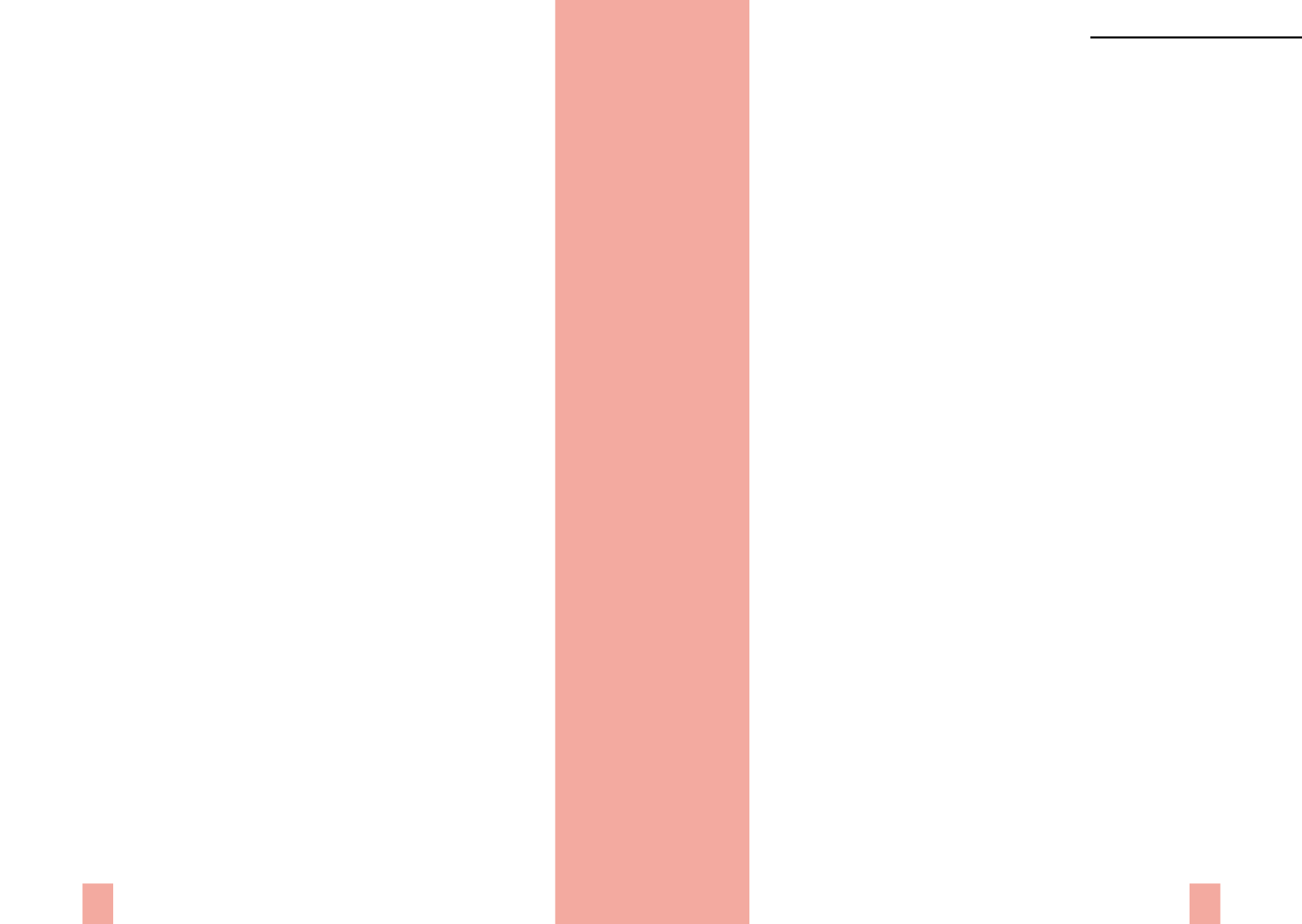

THE SPEAKING BODY
Xth Congress of the WAP,
Rio de Janeiro 2016
489
488
“Unconscious desire remains attached, in fantasy, to jouissances that, in
relation to the norm idealized by psychoanalysts, remains intrinsically perverse.
Perversion is not an accident that happens to desire. All desire is perverse in so
far as jouissance is never in the place that the so–called symbolic order would
like it to be.”
p. 27
The Unconscious and the Speaking Body
(2014). Trans.: A. R. Price
[HB 12, 2015]
“The unconscious structured as a language (…) is ‘a flight of fancy of
knowledge about
lalangue
’
,
the
lalangue
of the speaking body. It follows that
the unconscious is itself a flight of fancy of knowledge about the speaking body,
about the
parlêtre
.”
p. 130
“(…) not everything is semblance, there is a real. The real of the social bond is
the inexistence of the sexual relation. The real of the unconscious is the speaking
body.”
p. 131
III /c. Speaking Body
III /c.1 The Psychoanalytic courses
Lacanian Biology and the Event of the Body
(1999). Trans.: B. P.
Fulks and J. Jauregui [LI 18, 2001]
“Death is the other side of life. A biology which includes the death drive is a
biology of the other side of life, an other side which is open to the speaking
being through language. This other side of life is materialized through the
sepulcher, since the human species is the only one in which the dead body
keeps its value. Sade himself is the example of this other side of life which is
open to the speaking body. He dreamed of the death of molecules. He dreamed
of a criminal who could, beyond the individual, kill molecules. Practically,
as we know, he demanded in his will that his proper name be effaced on his
tombstone.”
p. 17
“My sole interest for life is its connection to
jouissance
in as much as it could
be that life is what deserves to be qualified as real. I believe Lacan’s propositions
do not object the formulation that life is the condition of
jouissance
. If life is
condition of
jouissance
, it is a necessary condition, not a sufficient one. I’ve
been careful to distinguish life as such, to not say as force, and the body. Life
overflows the body. What obliges you to attest there isn’t
jouissance
unless life
appears under the form of a living body.”
p. 22
The Symptom and the Body Event
(1999). Trans.: B. P. Fulks [LI 19,
2001]
“Until Freud–because we have read Lacan–truth did not speak. One spoke of
it, and one could imagine speaking truly. Really one could not speak without
understanding ‘I speak the truth.’ This is true even for he who says, ‘I lie.’ Thus
the paradoxes of logic.
After Freud, truth itself began to speak in the speaking body, to speak in the
word and in the body. And since truth began to speak for itself, to speak in
the stutterings of speech (the lapsus), as in the exploits of speech (witticism),
as in the slips of the body (parapraxis), the naïve ‘I speak the truth’ ceded its
until then immovable place. It is because I don’t tell the truth that I need to be
interpreted. Someone must design in my inevitably well–intentioned lie, in its
misunderstanding, in its mistake, the moment, the instant in which the truth
shines, is made clear.”
p. 13
“Psychoanalysis could begin because it was interested in hysteria, and what
characterizes hysteria is what we find in the body sick of truth. Freud expressed
it in terms of repression and the return of the repressed. The hysterical body
refuses the dictates of the master signifier. It parades itself in pieces, in some way
separated from its algorithms, from the knowledge inscribed in its substance.
Curiously, Freud called this phenomenon somatic complaisance, while Lacan
calls it ‘refusal of body’. It is a double refusal, both of and by the hysterical body.
This means first that the body refuses to obey the soul, natural knowledge. It
refuses to serve the ends of its self–conservation. Second, the subject of the body
refuses the body of the Other. Thus the sexual relation becomes problematic:
the subject refuses the body in its body, that is to say the infant, reproduction
(the hysterical body tends to be confused about the reproduction of life), and
she refuses her own body, a refusal connoted by the affect of disgust which we
recognize in the clinic.”
p. 16
“The symptom as body event is connected to ‘having a body’ and underlines the
fact that man, as a generic term, is characterized among the animal species by
having a body. Lacan mentions it in his style, ‘
LOM cahun corps et nan–na Kun’
.
(…) From the fact that he has a body, man also has symptoms he cannot at
once identify with. In the lack of identification it is precisely the dysfunctional
causing the relief of the symptom to stand out. You cannot identify yourself,
except through psychoanalysis, in which one of the issues, when everything is
Jacques – Alain Miller



















